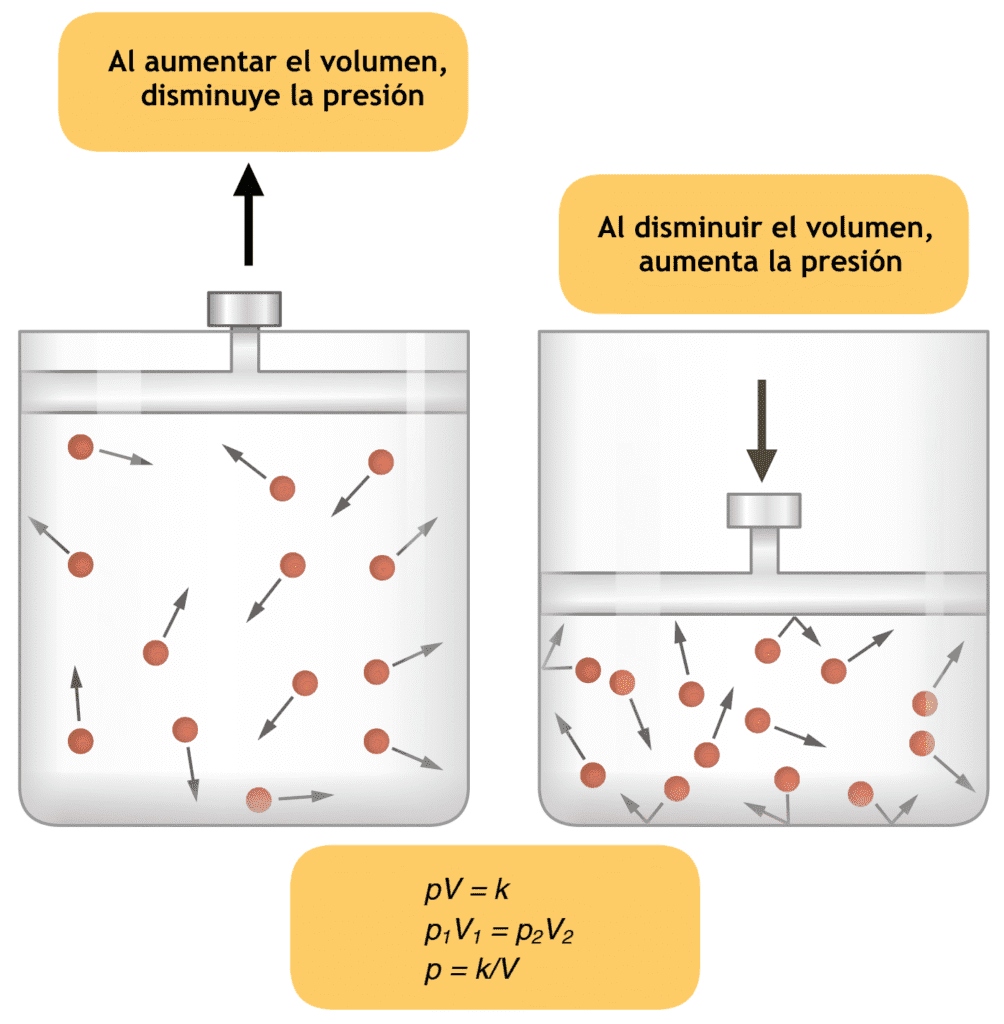Flow Volume Loops are more sensitive and informative in detecting pulmonary diseases than conventional spirometry. Modem microprocessor controlled recording spirometers automatically generate these flow volume loops.
The following are the parameters that are assessed in the Flow volume loops.
TV= Tidal volume
IRV = Inspiratory reserve volume
IC = Inspiratory capacity
ERV = Expiratory reserve volume
RV = Residual volume
FRC = Functional residual capacity
VC = Vital capacity
TLV = Total lung volume
All these lung volumes are approximately 5% less in females (except residual volume).
Tidal volume:
This is the most basic among the flow volume loops. Volume of gas inspired or expired in each breath during normal quiet respiration.
It is 400 to 500 ml (10 mI/kg).
Inspiratory reserve volume:
It is the maximum volume of gas which a person can inhale from end inspiratory position.
It is 2,400 to 2,600 ml.
Inspiratory capacity:
It is the maximum volume which can be inhaled from end expiratory position i.e., it is inspiratory reserve volume + tidal volume.
It is 2,500 (IRV) + 500 (TV) = 3,000 ml
Expiratory reserve volume:
Maximum volume of gas that can be exhaled after normal expiration is called the Expiratory reserve volume.
It is 1,200to 1,500 ml.
Vital capacity:
Vital Capacity is probably the most important of the Flow Volume Loops. It is the maximum amount of gas that can be exhaled after maximum inhalation i.e., it is IRV + TV+ERV.
It is 4,200 to 4,500 ml (75 to 80 mI/kg).
Residual volume:
It is volume of gas still present in lungs after maximal expiration. This cannot be directly measured by spirometry and the flow volume loops and needs to be determined by other means.
It is 1,200to 1,500 ml.
Maximum breathing capacity:
It is the maximum volume of air that can be breathed/minute. It is 120 to 170 liter/ min (normally it is measured for 15 seconds and expressed as liter/mm.).
Minute volume:
It is tidal volume x respiratory rate. It is 500 x 12=6,000ml/min.
Total lung volume: IRV + TV + ERV + RV. It is 5,500 to 6,000 ml.
Functional residual capacity (FRC):
It is the volume of gas in lungs after end expiration. It is ERV + RV. It is 2,400 to 2,600 ml.
During general anesthesia FRC decreases by 15to20%.

